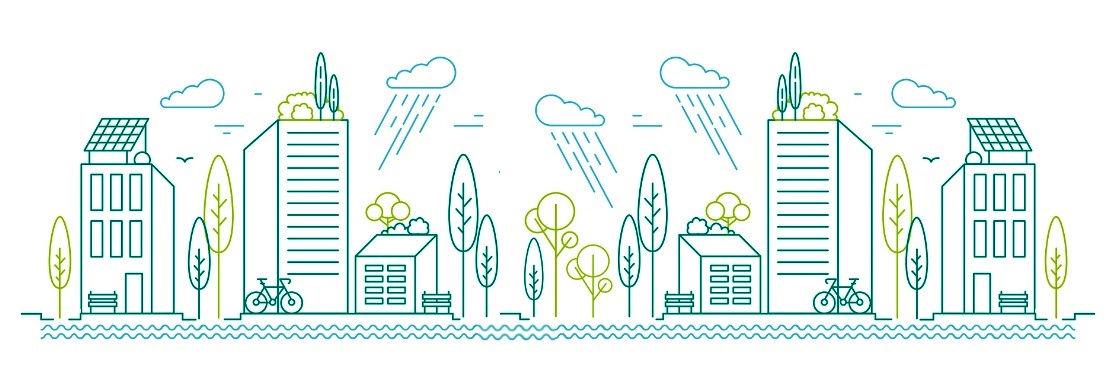Carl Smith of Governing: The Future of States & Localities writes:
As the rainy season begins for most of the country, a new report offers the first baseline assessment of the systems in place using green infrastructure to manage stormwater.
Plants, trees and streams may welcome rainfall into their homes, but humans not so much. In the urban areas where 8 out of 10 Americans live, impervious surfaces — rooftops, roads, sidewalks, parking lots — are built above and below to keep water out.
By some estimates, impervious materials cover more than a quarter of all urban land in the U.S. Coverage can vary greatly from city to city; one study of 20 metropolitan areas found a range from about 18 percent to more than 60 percent. Parking lots alone cover more than 5 percent of developed land in the lower 48 states.
This kind of development disrupts natural stormwater storage and discharge systems. In addition, people and businesses sometimes choose to settle in places where stormwater is likely to collect. Gutters, pipes, storm drains and other infrastructure are needed to carry stormwater away from residents.
Concern about water system contamination by material in urban stormwater runoff — bacteria, animal waste, trash, petroleum products, pesticides and other chemicals — dates back more than half a century. Planners first responded with “low impact” strategies to restore and preserve green space, but by the early 21st century a new approach began to emerge: green infrastructure.

Toledo’s Middlegrounds Metropark uses green infrastructure to capture and filter rainwater. (Toledo, Ohio, Middlegrounds Project Photo)
The term refers to the use of plants, soils, permeable surfaces, stormwater harvest and other strategies to keep more rain where it falls. The federal Water Infrastructure Improvement Act, which became law in 2019, enabled cities to include green infrastructure in integrated stormwater and wastewater management plans.
The Green Infrastructure Leadership Exchange — or the Exchange for short — a nonprofit association of local government professionals responsible for stormwater management, has just published a report on the state of public-sector green stormwater infrastructure (GSI). It offers an unprecedented look at implementation, best practices, investment trends and drivers for increasing the use of GSI in stormwater management.
A 2022 report from Rebuild by Design looks at the role green infrastructure can play in helping New York City adapt to more extreme storms, noting that “a comprehensive citywide plan will only be successful if every agency prioritizes the use of green infrastructure in every investment.”
Read more: Cities Are Learning to Manage Urban Stormwater the Way Nature Would
 Greenroofs.comConnecting the Planet + Living Architecture
Greenroofs.comConnecting the Planet + Living Architecture





